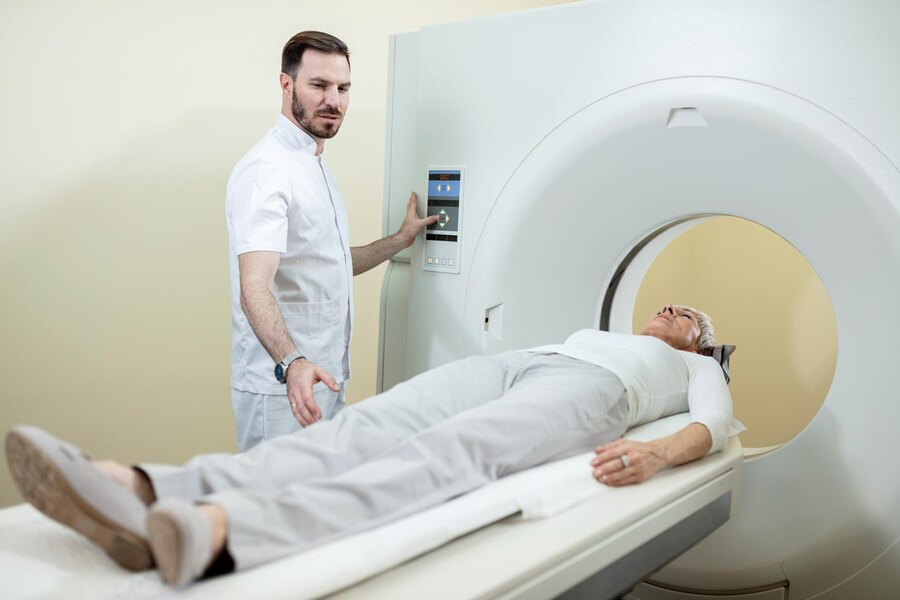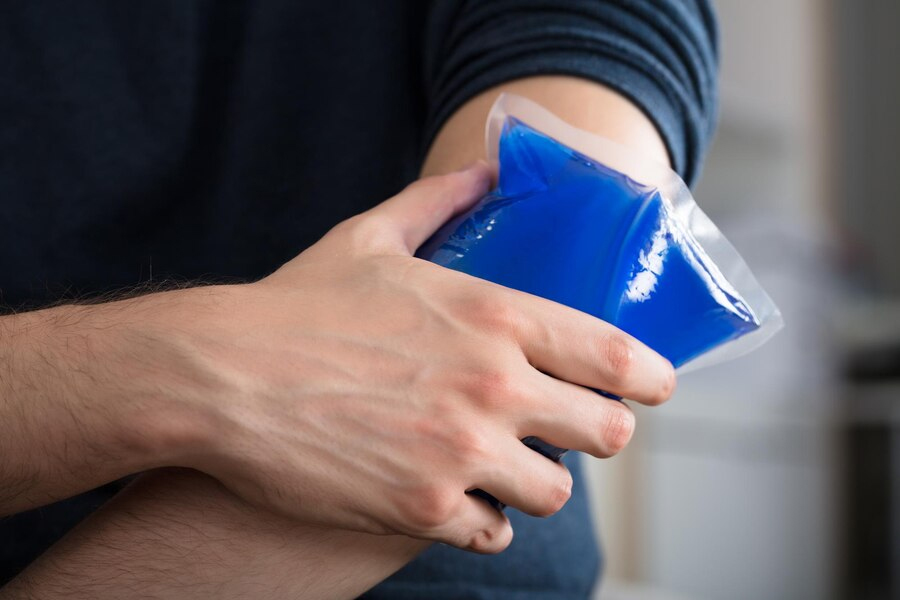"Bursitis is generally caused by joint trauma, especially during physical activity and leads to inflammation of the cushions surrounding the joint. Physical work can result in repeated stress on the same body part, which eventually causes bursitis," he added. Moreover, infections and health conditions like arthritis, gout, tendonitis, diabetes, and thyroid problems can also contribute to bursitis.
Arthritis Vs Bursitis Expert Explains The Differences Between The Two
Doctor Verified
Arthritis is a health condition that can cause swelling and tenderness in one or more joints, whereas, bursitis causes inflammation of the bursae, a small fluid sac cushioning the bones, tendons, and muscles near your joints. Learn the differences between these two conditions.
Watch out for these symptoms to check if you have arthritis or bursitis:

According to the Arthritis Foundation, there are over 100 forms of arthritis. These conditions are a major cause of disability in the United States (US).
According to StatPearls, over 150 bursae are found in the human body, facilitating movement in the musculoskeletal system.

To diagnose arthritis, the doctor generally looks for underlying chemical markers, such as rheumatoid factors and elevated uric acid levels. “Along with this testing procedure, doctors also rely on imaging studies, including X-rays, MRIs, or CT scans to determine any changes or damage to the bones within the joint. The other possibility is a complete check-up to examine the symptoms, tenderness, and joint functionality," said Dr Pillai.
On the other hand, bursitis can be diagnosed using a physical exam involving an assessment of the symptoms by the doctor within the area of effect. An MRI or ultrasound can check for inflammation. Additionally, a fluid sample from the joint cushion may be examined to rule out infections.
Dr Pillai listed the treatment measures for these conditions, as follows:


- Strengthening and stretching exercises can support the muscles surrounding the injured area. However, be cautious not to overexert yourself or exacerbate the pain.
Dr Pillai concluded, "Lifestyle adjustments, physical therapy, and medication are available to enhance mobility and relieve discomfort. Remember, time is of the essence. Don't dismiss signs of pain and delay visiting a medical professional. Early diagnosis and treatment are crucial for an improved quality of life, providing relief from stiffness and pain that enables individuals to engage in activities actively. Our joints deserve care for a pain-free and healthy life."
[ This article contains information provided by an expert and is for informational purposes only. Hence, we advise you to consult your professional if you are dealing with any health issue to avoid complications.]











